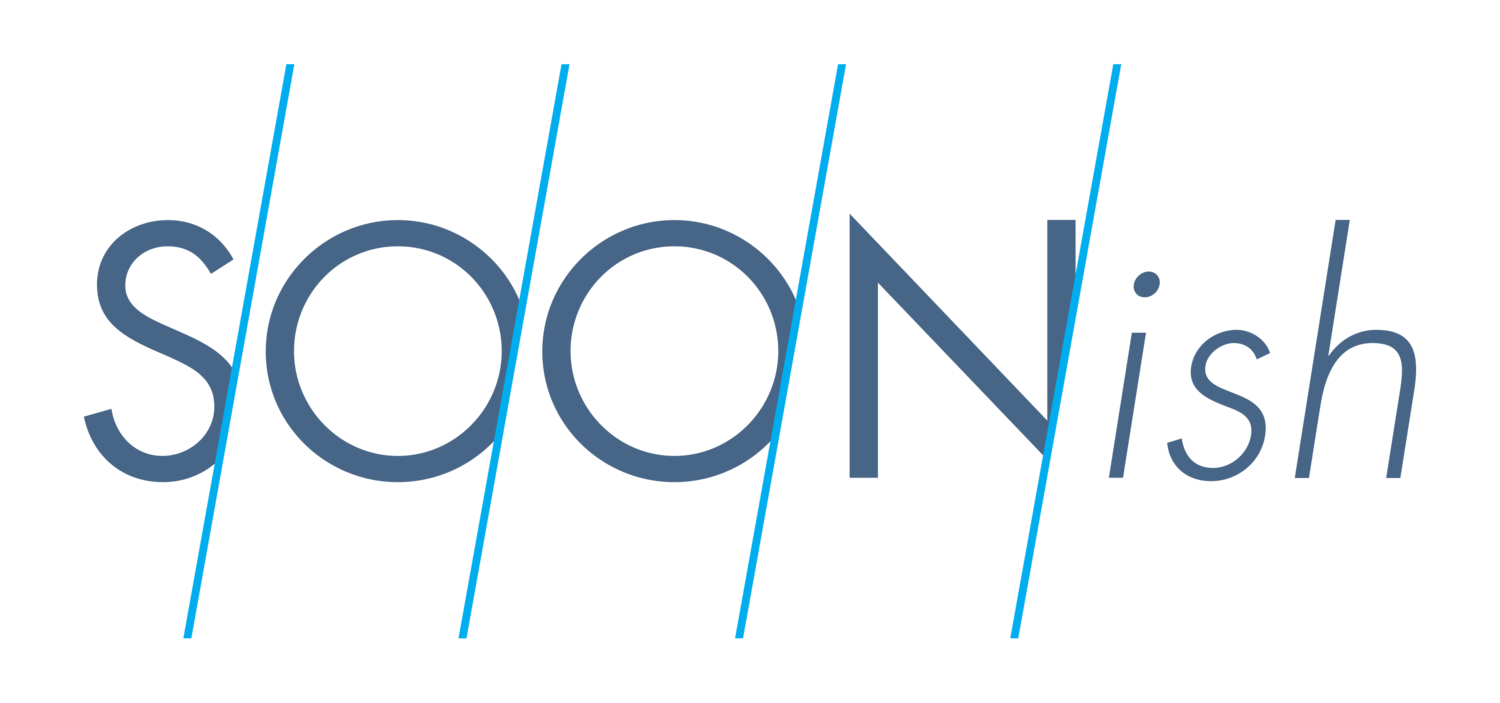2.03 | 10.24.17
When Tim O'Reilly talks, Silicon Valley listens. In this special episode, O'Reilly tells us about his new book, which argues that the technology industry has become tone-deaf—and that the only way to avoid mass technological unemployment and achieve shared prosperity is to rethink the algorithms that govern our whole economy.
For a sane, humane, and skeptical perspective on what’s happening to Silicon Valley and why our high-tech economy seems to be failing us, there’s no better source than O’Reilly, a master trend spotter, entrepreneur, investor, author, who founded computer book publisher and events company O’Reilly Media. His book WTF: What’s The Future and Why It’s Up to Us was published by HarperCollins on October 10.
In the interview—and in the book—O’Reilly shares the mental maps he uses to make sense of emerging technologies and their impact. And he argues that if we want to avoid the worst side effects of AI and automation and learn the lessons of networked platforms like Amazon, Google, Facebook, Airbnb, Uber, and Lyft, we’ll have to "discover what rules produce a better game" across government, business, and the financial system.
O'Reilly came to prominence in the 1990s as the publisher of the animal books, a famous series of technical and programming manuals, and as one of the first advocates and defenders of the open source software movement. In the 2000s he helped to define the boom in Web-based services that came to be called Web 2.0. Later, he cofounded O'Reilly Alphatech Ventures, a seed-stage venture capital firm that was one of the first to invest in startups like Chartbeat and Foursquare. In short, O'Reilly seems to possess a wide-angle lens on the technology industry that helps him see these big trends before they’re visible to everyone else.
One of the messages of the book is that "bad maps shape our view of the future," as O'Reilly puts it in the interview. Building off a reference to a 1650 map that mistakenly showed California as an island, O'Reilly argues that Microsoft's outdated maps of the computer industry led it to stumble in the 1990s as the share-and-share-alike values of the open source software movement enabled the rise of new platforms like Amazon and Google.
But no one has a perfect view of the future, and even the makers of today’s defining platforms—Uber, Lyft, Airbnb and the like—have only recently begun to understand the nature of the platforms they’ve built, O’Reilly argues. He describes them as matching marketplaces that will only thrive when they’re designed to serve all sides—both passengers and drivers, both renters and hosts.
“That marketplace model is central to the business model of these companies—more central even in some ways than the app,” O’Reilly says. “The wonderful user experience, the automated payment, all these things, you see how they come together. And the point is that technology periodically makes new things possible, and it takes us a while to figure out how to put all the pieces together.”
Perhaps the most important theme running through the book is that lessons from today’s networked technology platforms can be applied back to the larger economy.
“We tell the algorithms what to do, and we don't quite understand what we're telling them,” O’Reilly explains in the interview. “Facebook says, ‘We had this great idea, we’ll create this reinforcement loop in the news feed,’ and their theory was that that would make for this rich social experience where people would be more connected to their friends. But what they didn't realize was that it would amplify hyper-partisanship and that bad actors who would come in and try to influence people. And I try to draw, again, parallels to the broader economy, because we also have in our economy a set of algorithmic instructions to companies that are enforced by financial markets. In the same way that Facebook tries to tell their programs ‘Show people more of what they like,’ we tell companies ‘Make money.’ We tell companies, Optimize for shareholder value. Treat people as a cost to be eliminated.’ So again I'm trying to make the argument from technology. What we learn is: it's time to adjust the algorithms.”
Join our list for regular news and updates about Soonish, including episode reminders, cool features, and links to bonus content.
Mentioned In This Episode
Tim O'Reilly, WTF: What's the Future, and Why It's Up To Us, table of contents at O'Reilly Media's Safari Books Online
Daron Acemoglu and James A. Robinson, Why Nations Fail: The Origins of Power, Prosperity, and Poverty
Clayton Christensen, The Innovator's Solution (includes an explanation of Christensen's "Law of Conservation of Attractive Profits")
Soonish 2.04: Future Factories, With Workers Built In
Franklin Foer, World Without Mind: The Existential Threat of Big Tech
Farhad Manjoo, "Why Tech Is Starting to Make Me Uneasy," The New York Times, Oct. 11, 2017
Stephen Greenblatt, The Swerve: How the World Became Modern
Code For America, a non-profit headed by Tim O'Reilly's wife Jennifer Pahlka
David Autor, Will technology take away all our jobs?, a 2016 TEDxCambridge talk
Elsewhere at Hub & Spoke
This week check out The Lonely Palette Episode 22, Jasper Johns' Target (1961) and Ministry of Ideas Episode 3, Generation Why?
Playlist
Soonish theme by Graham Gordon Ramsay
Solitude from the album Hi-Fi City Tales by Javier Suarez (aka Jahzzar)
Traffic from the album Sunlight by Javier Suarez
Cristal by Javier Suarez
All Jahzzar music shared under a Creative Commons CC-BY-SA license
Our Sponsor
Support for the first two seasons of Soonish was from Kent Rasmussen Winery. Since 1986, Rasmussen has been famous for their purely poetic Pinot Noir, grown in the cool mists of the Carneros region of Napa Valley. And under the companion Ramsay label they offer superior-quality North Coast Pinot Noir, Merlot, Petite Sirah, Cabernet Sauvignon, and Chardonnay at a wonderful price. Ask for Rasmussen and Ramsay wines at fine restaurants and stores in 29 states. For more information, visit kentrasmussenwinery.com.




